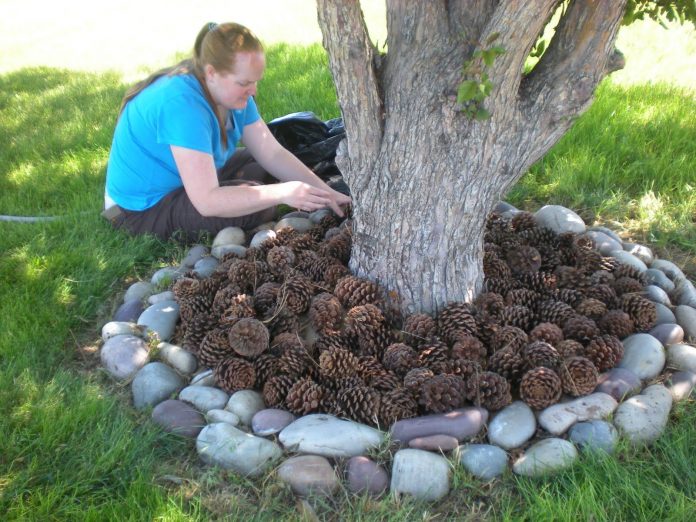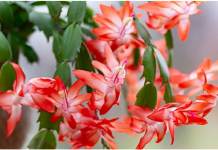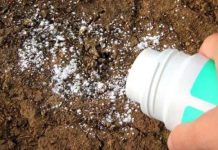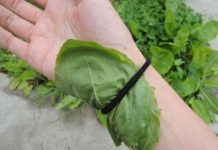Lying en masse on the forest floor, pine cones are plentiful and easy to find, no matter what time of year. These little woody things come in all kinds of shapes and sizes, depending on the coniferous tree from which they fell, and can be put to good use as a material for a variety of craft projects.
If you have a few evergreen trees in your garden, pine cones may seem more of a nuisance than a gift. But pine cones are a free renewable resource with many applications in the garden. Collecting them is another great way to garden for free.
1) Make pine cone mulch Spreading a layer of mulch on your garden beds helps the soil to retain moisture, suppresses weeds, keeps the soil cool and makes an attractive cover for bare soil. The use of organic mulch also means that during their decomposition and decomposition, nutrients will be released to improve soil fertility.
While wood shavings, coconut pods, straw and shredded bark are some of the mulch options available for purchase, mulch storage can easily cost hundreds of dollars depending on the area in square feet of the region. Mulch should be applied to a depth of 2 to 3 inches and should be reapplied annually or every two years.
A free alternative to bagged mulch is to use the waste your site generates each year. Backyards are often plentiful in several mulch-like materials, such as cut grass, leaf mold, compost, pine needles and pine cones.
In the natural environment, pine cones are responsible for distributing the seeds of the conifer; they open their scales to release the seeds during dry periods and close when wet. They can stay on the ground for years to repeat their reproductive cycle over and over again. In the garden, this means they can be used as an incredibly durable mulch that will take centuries to decompose. They are also naturally resistant to mold and fungi.
You can mulch with pine cones, keeping them whole. Or you can separate them by treating them with a shredder or by passing them with a lawn mower. Another method is to simply hit them repeatedly with the back of a shovel – inelegant but very effective.
Since pine cones are somewhat acidic, use them around acid-loving plants, such as blueberries and azaleas. Alternatively, you can sprinkle baking soda on the soil while applying mulch to help neutralize the pH of the soil.
2) Add pine cones to your compost pile Pine cones are also an excellent source of carbon (or “browning”) in the compost pile. They are mainly composed of ash, lignans and tannins and, once completely broken down, they will add these beneficial elements to your finished hummus.
Although its slow degradation is ideal for mulch, you will want to speed up the process in the compost heap by cutting it into smaller pieces first. For quick composting results, use a wood chipper or shredder to create a very fine sawdust consistency before adding it to the pile. CLICK NEXT PAGE BELOW TO CONTINUE READING …










